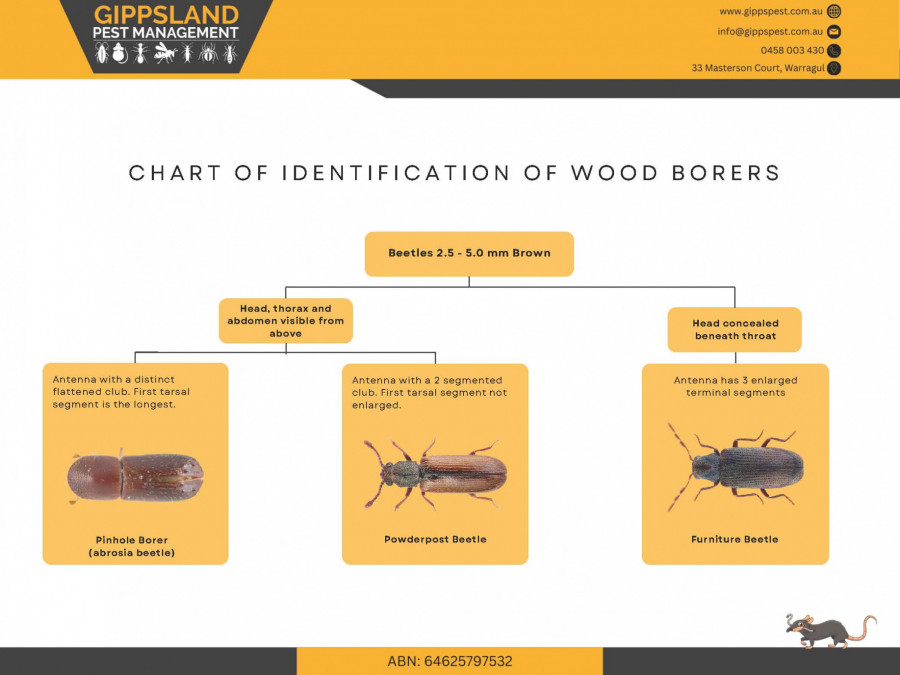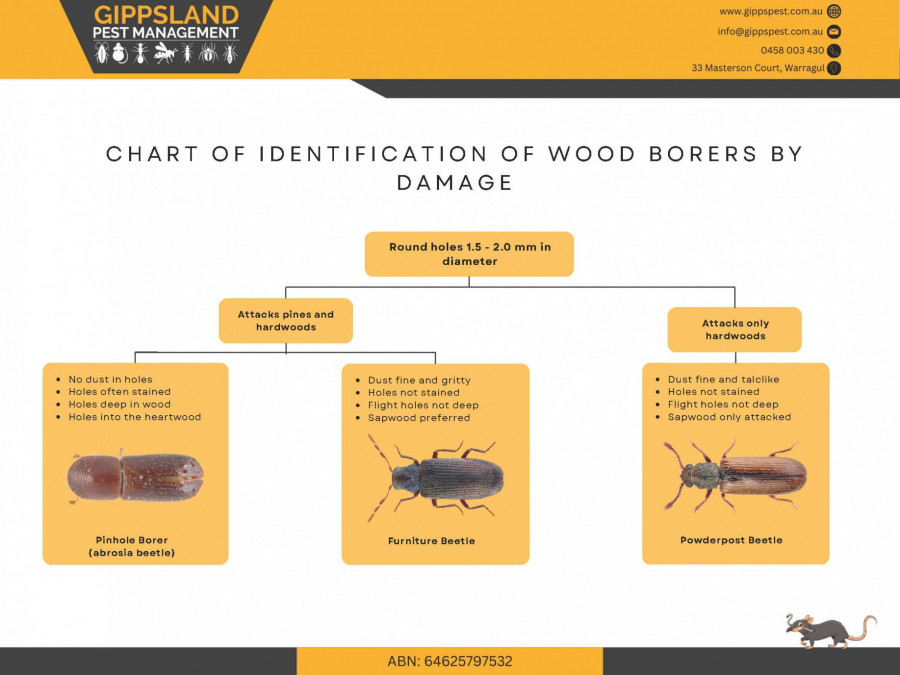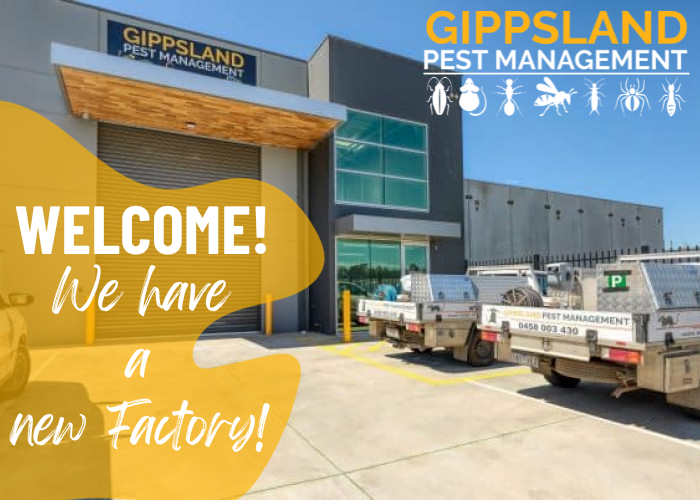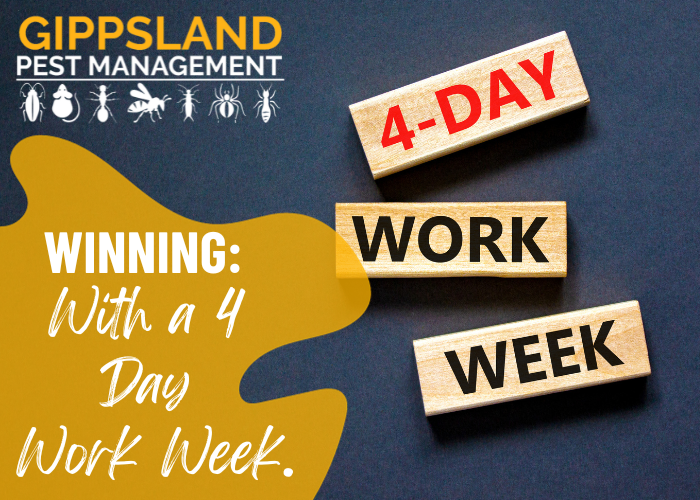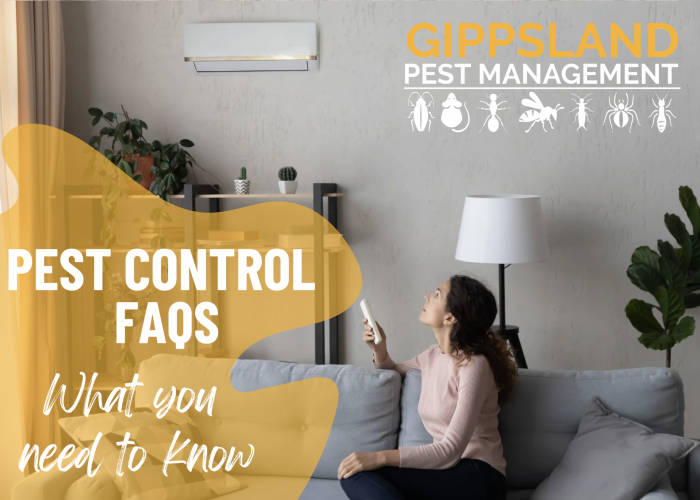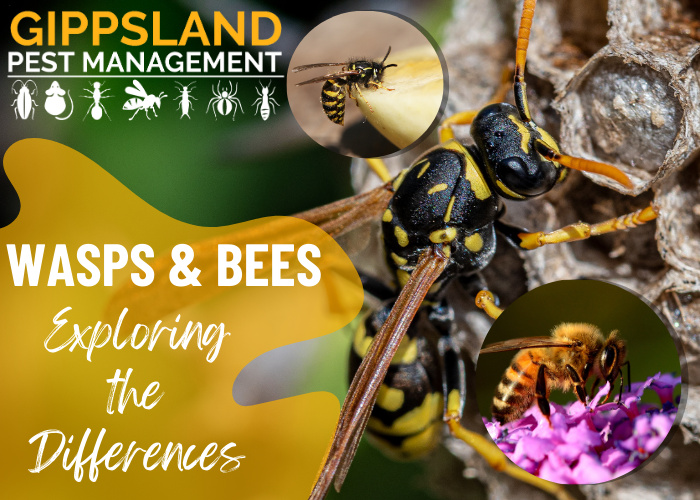2022 GippsPest Halloween Event
Happy Halloween! Our team had such a great time getting displays set up and being creative in the month leading up to our 2022 Family Halloween Event.
Smarter Safer Team
Gippsland Pest Management Is always looking for new ways to improve our working environment and the safety of our team. With this in mind we have made the choice to implement Apple Smart watches as...
Tara and Katie Take on Pesticon: A Star-Studded Adventure on the Gold Coast!
Are you ready for a tale of glitz, glamour, and, well, pests? Our very own dynamic duo, Tara and Katie, recently embarked on an unforgettable journey to the Gold Coast to attend the AEPMA Pesticon...
Welcome to Our New Factory!!!!!!!
Wow, what a year it has been! This year we made a HUGE decision and decided to rent a Factory. This decision stemmed from Tara completely losing it. Because the stock had taken over the whole shed...
Winning with a four-day work week
Explore the journey of Gippsland Pest Management and its founder, Mr. Grohs, as they thrive in the pest control industry with a groundbreaking approach to work schedules. This blog post highlights...

